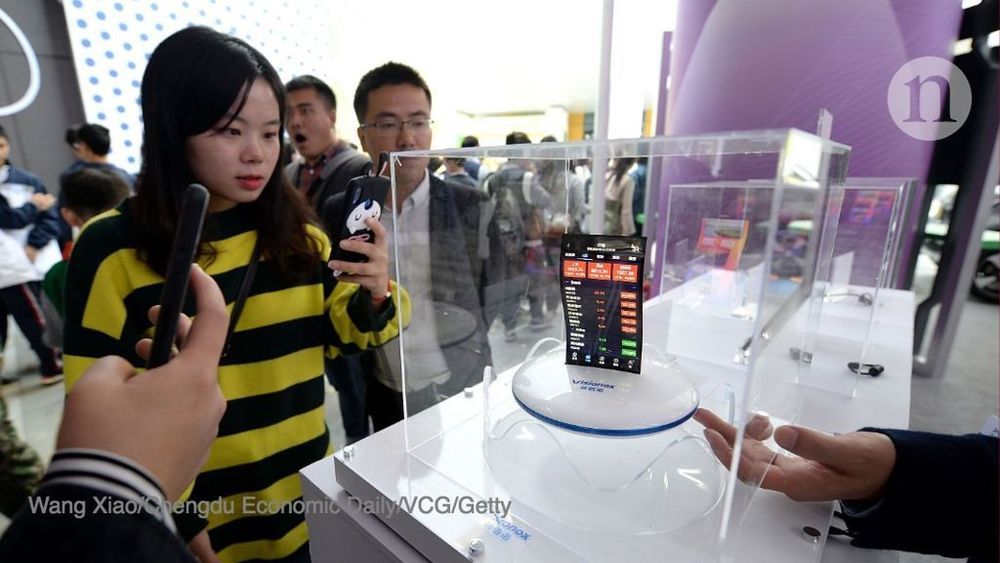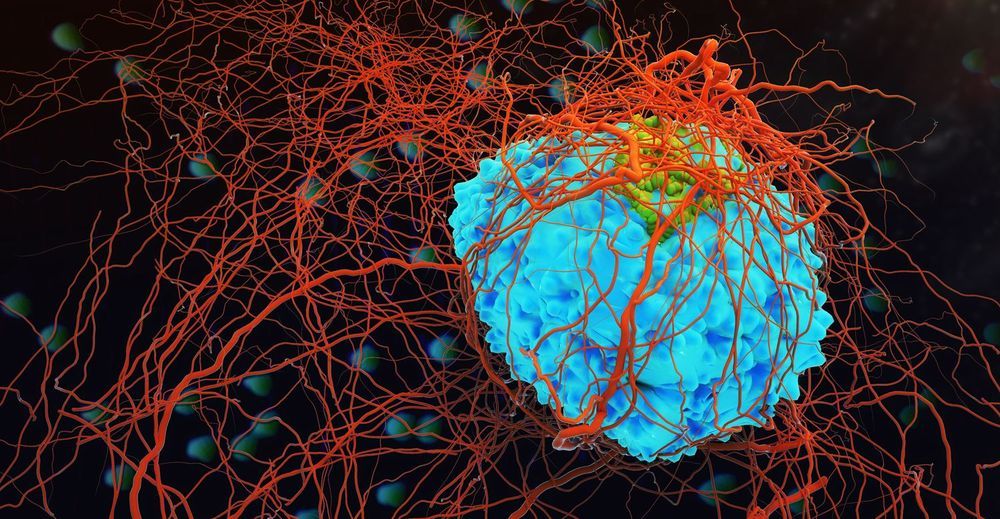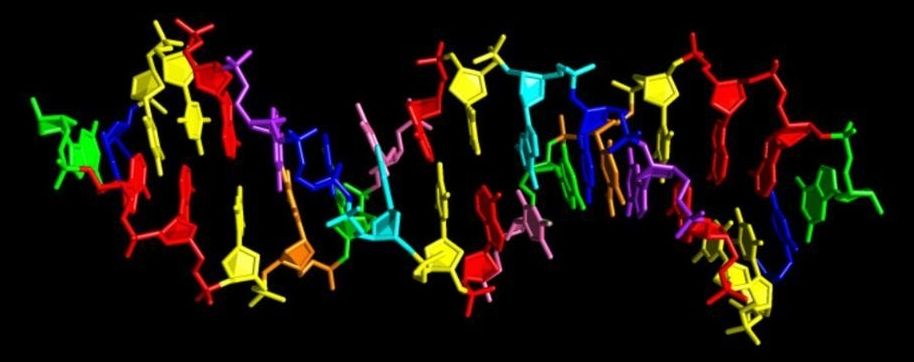Apr 5, 2019
Materials science is helping to transform China into a high-tech economy
Posted by Derick Lee in categories: biotech/medical, economics, science
It’s the kind of diverse, multidisciplinary community, Chinese scientists say, that is crucial to doing great research but is often lacking in labs. “The goals of the Materials Genome Initiative in the States and in China are the same: to produce better materials more quickly that cost less. It’s very important we collaborate with overseas scientists because the materials genome is a new topic. We need to figure out the best path together,” says Zhang.
Researchers are reaping the benefits of carefully built programmes and a surge in funding.


















